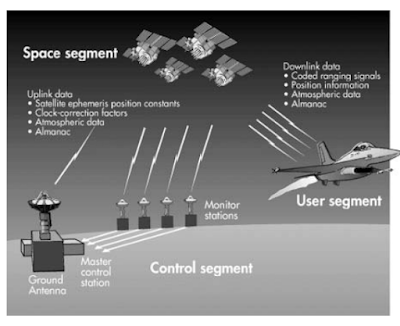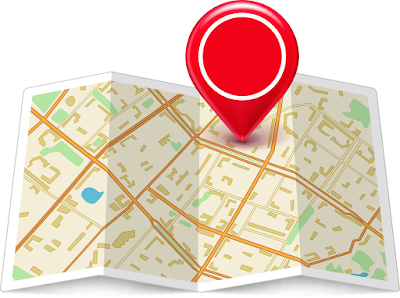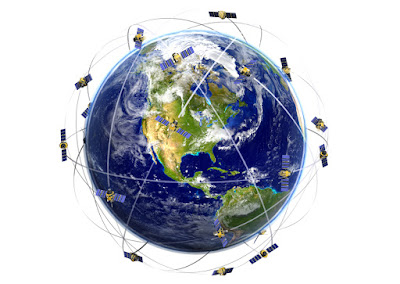Using GPS Tracking Device will enhance your basic navigational skills
Most GPS receiver cases have a loop on the back to hold the case on a belt. If you’re wearing shorts or tights and don’t have a belt, waist packs for carrying a radio or a cassette/CD player are an option. These packs can accommodate larger GPS receivers. They’re not very noticeable when you’re working out because they’re designed not to bounce much. Small fanny packs and waist packs that carry water bottles also carry a GPS receiver. If the GPS receiver is small, try carrying it in your front pants pocket. I’ve carried a GPS while running and cross-country skiing in trail-running shorts and tights with zipper pockets. Although satellite reception is sometimes lost while under heavy tree cover, the electronic tracker records track data as long as I have a mostly clear view of the sky. Using GPS will greatly enhance your understanding of the map-and-compass technique, but it’s wise to hone basic navigational skills before or in conjunction with use of a Personal GPS tracker . When ou






